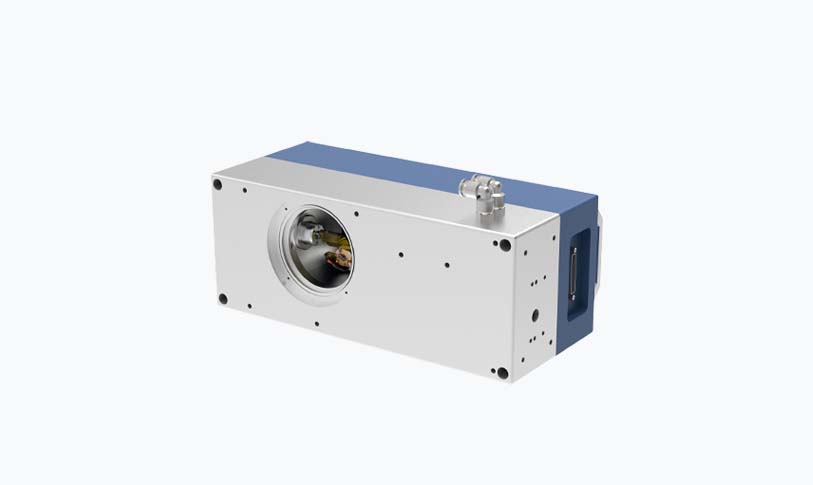Fiber lasers have revolutionized the manufacturing and cutting industries through their precision, efficiency, and versatility. As more businesses integrate these advanced technologies, understanding fiber laser prices becomes crucial for making informed purchasing decisions. In this article, we’ll delve into the various factors influencing fiber laser prices, current market trends, and future projections for 2023, ensuring you are well-equipped with knowledge whether you are a potential buyer or merely interested in this evolving technology.

An In-Depth Look at Fiber Laser Prices: Understanding Cost Factors, Market Trends, and Future Projections in 2023
**Understanding Fiber Laser Technology**

An In-Depth Look at Fiber Laser Prices: Understanding Cost Factors, Market Trends, and Future Projections in 2023
Before discussing prices, it’s essential to grasp what fiber lasers are and how they differ from traditional lasers. Fiber lasers utilize a thin optical fiber doped with rare-earth elements to generate laser light. This technology allows for a smaller, more efficient laser source with enhanced beam quality, higher output power, and reduced operational costs. The benefits of fiber lasers include increased energy efficiency, reduced maintenance requirements, and a compact footprint, making them ideal for a range of applications such as metal cutting, engraving, and welding.
**Factors Influencing Fiber Laser Prices**
1. **Power Output**: One of the primary determinants of fiber laser prices is the power output, generally measured in watts. Higher power lasers offer faster cutting speeds and the ability to process thicker materials. Consequently, lasers with higher output capacities often command significantly higher prices, ranging from tens of thousands to over a hundred thousand dollars.

An In-Depth Look at Fiber Laser Prices: Understanding Cost Factors, Market Trends, and Future Projections in 2023
2. **Brand and Manufacturer**: The brand reputation and manufacturer also play a significant role in pricing. Established brands with a proven track record tend to charge premium prices due to their reliability and customer support. Newer or less-renowned brands might offer competitive pricing but could lack the extensive service networks or proven reliability.
3. **Features and Specifications**: Fiber lasers come with a variety of features, including beam quality, wavelength, cooling systems, and automation capabilities. Advanced features, such as integrated software, enhanced cooling systems, or automated loading and unloading systems, can substantially add to the price.
4. **After-Sales Support and Warranty**: The warranty period and the level of after-sales support can also impact fiber laser pricing. Manufacturers who provide better support, training, and maintenance services generally charge more, as they are offering added value beyond the hardware itself.
5. **Market Demand and Economic Factors**: Like any other industry, supply and demand significantly influence fiber laser prices. Economic growth in manufacturing sectors, advancements in laser technology, and an increase in application areas drive demand, potentially leading to price increases.
**Current Market Trends**
As of 2023, fiber laser technology is witnessing rapid growth in various sectors, from automotive to aerospace and electronics. The demand for high-precision cutting and manufacturing processes has been on a steady rise, leading to a competitive market for fiber lasers.
A trend being observed is the increasing popularity of compact and portable fiber lasers, as businesses strive for flexibility and space-efficiency in their operations. Moreover, as industries look to reduce their environmental footprints, energy-efficient fiber lasers are gaining traction, influencing both product development and pricing models.
Additionally, the rise of Industry 4.0 and automation technologies is driving innovation within the fiber laser market. Manufacturers are incorporating features such as IoT connectivity and advanced AI-driven systems, which may lead to higher base prices but offer a strong return on investment through increased productivity and reduced labor costs.
**Future Projections**
Looking ahead, the fiber laser market is expected to continue to expand, with some projections indicating a compound annual growth rate (CAGR) of over 6% through 2027. This growth will likely result in increased competition among manufacturers, potentially stabilizing or even reducing prices as newer players enter the market and technology advances.
Furthermore, as technology improves, we can expect reductions in the cost of production which may lead to lower prices for consumers. This democratization of fiber laser technology could open up new markets and applications previously deemed too costly for smaller businesses and startups.
**Conclusion**
Understanding fiber laser prices involves considering multiple factors ranging from power output and manufacturer reputation to market dynamics and future trends. As this technology evolves and becomes increasingly integrated into manufacturing processes, keeping abreast of pricing changes and innovations will be essential for businesses looking to harness the full potential of fiber laser technology. Empowered with this knowledge, buyers can approach their investment in fiber lasers with confidence, ensuring they receive the best value for their needs.fiber laser marking machine



